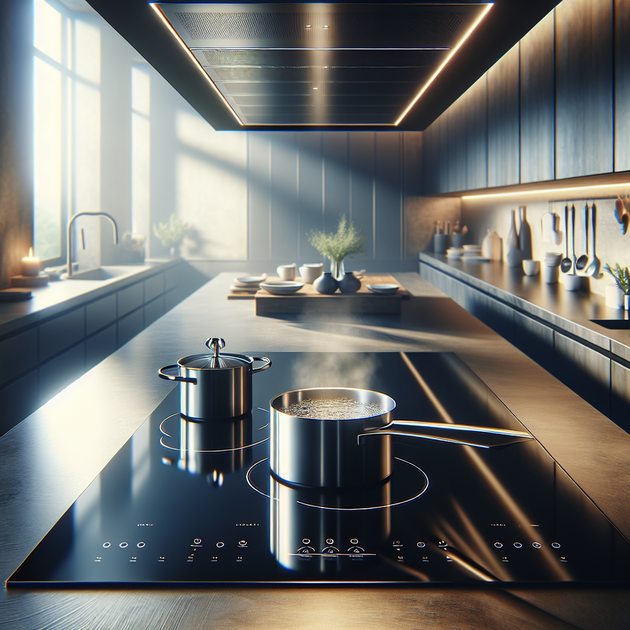Any Reason Not to Go With an Induction Stove? Real Pros & Cons Explained
Ever wondered why so many people are switching to induction stoves—and if there are any real downsides? If you’re planning a kitchen remodel, it’s tempting to believe induction is simply better in every way. But like any big purchase, it’s smart to look at both sides before swapping out your old electric stove.
How Does an Induction Stove Really Work?
An induction stove heats up pots and pans using electromagnetic energy instead of traditional burners or coils. That means energy goes straight into your cookware instead of heating the air around it. For most folks, this translates into faster cooking times and better control over temperature.
But here’s where things get interesting—induction stoves only work with certain types of pots and pans. If a magnet sticks well to your cookware’s bottom, you’re set! Otherwise, you might need to invest in new cookware.
The Good Stuff: What Makes Induction Stoves Stand Out?
There are plenty of reasons people rave about their induction cooktops:
- Speed: Water boils crazy fast compared to electric or gas.
- Precision: Easy adjustments give you more control—no more burnt sauces.
- Safety: The burner doesn’t get hot unless a pot is on it—great around kids.
- Easy Cleaning: Spills don’t bake onto a hot element; just wipe them away.
- Energy Efficiency: Less heat escapes into your kitchen, so cooking stays cooler even on hot days.
For anyone who cooks often (or just hates waiting for water to boil), these perks can be game changers.
The Flip Side: Are There Downsides to Going Induction?
Even though induction stoves have lots of advantages, they aren’t perfect for everyone. Here are some things to consider before making the switch:
- Cookware Compatibility: Not all pots and pans will work. Aluminum or copper pans usually won’t cut it unless they have a magnetic bottom.
- Initial Cost: Induction cooktops generally cost more upfront than basic electric or gas models.
- No Open Flame: Some people miss the visual feedback (like seeing a flame) when adjusting heat levels.
- Sensitive Electronics: The controls can be fussy if wet fingers or spills hit the touchpad.
- Electrical Requirements: Some older kitchens may need wiring upgrades for certain models.
So while most reviews are glowing, these practical concerns can matter—especially if you love a favorite pan that won’t work anymore or want something super simple for guests or renters.
Anecdote: Making the Switch During a Remodel
A friend recently remodeled her kitchen and faced this exact question about whether to stick with her classic electric stove or try induction. She loved the idea of quicker meals and easier cleanup but was bummed when she realized her beloved pasta pot wouldn’t work on her new cooktop. After picking up a few new pans (and keeping her old favorite on hand just in case), she says she’d never go back—but she did wish someone had warned her about the hidden costs up front.
So… Any Reason Not To Go With Induction?
In most cases, there aren’t many dealbreakers when it comes to switching from electric stoves to induction stoves—especially if you’re already planning a full kitchen remodel and can address electrical requirements as part of the project. But if you have a sentimental attachment to certain non-magnetic pans or want something ultra-simple for guests or renters, it’s worth pausing before making the leap.
Ultimately, choosing an induction stove comes down to how you cook—and what little quirks would actually bother you day-to-day. Would having to replace some pans annoy you? Or does faster boiling and easy cleanup sound too good to pass up?
What do you think—is an induction stove right for your next kitchen upgrade?

Leave a Reply